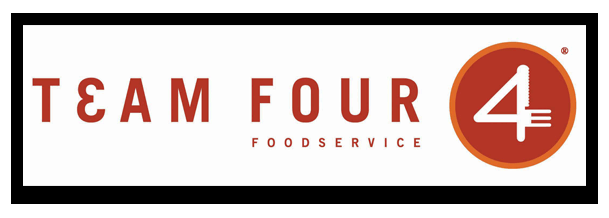|
What is restaurant operators’ top source of financial strain? According to TouchBistro’s recent report, “The State of Restaurants in 2024,” a majority of full-service restaurant owners and leaders say it’s rising inventory costs. The report includes feedback from 600 restaurant leaders across the U.S. – and 58 percent of them said they were struggling to manage that particular element of running a restaurant business. But they are also employing a range of tactics to address it – or at least lessen its impact on the bottom line. Specifically, they’re trying to source new, less expensive suppliers, as well as weave more local ingredients into the menu, which tend to come at a reduced operating cost. The balance of options on their menus is shifting too, with more operators leaning on plant-based dishes and non-alcoholic drinks – both of which can be priced at a premium and help raise check totals. Finally, operators are continuing to diversify their income streams by selling items and services beyond their core menu. In a carryover from the pandemic, restaurants are continuing to offer prepared foods, grocery and pantry items, and branded merchandise, while also doubling down on catering services now that people are spending more time working in offices again. Are you using any or all of these strategies to diversity your income streams right now?
0 Comments
If you’re among the vast majority of restaurants that have had to hike prices in recent years, you may be wary that your prices are about to hit their ceiling. As Deutsche Bank’s Lauren Silberman told Restaurant Dive recently, while price increases have given operators a cushion to protect against the impacts of negative traffic, consumers’ sensitivity to prices is likely to erode this year. This calls for operators to think strategically about driving repeat business and building loyalty. During the winter months, when consumers may need an extra nudge to eat out, try tempting people with a variety of draws. National food holidays can provide some motivation for both your chef and your guests – and in February alone, there are days dedicated to celebrating such diverse ingredients and dishes as Nutella, bagels, pizza, tortellini and potatoes. Participate in your city’s Restaurant Week – or partner with other restaurants in your city to create one. Host an event that celebrates winter (with heat lamps and s’mores on your patio) or shield from it (in igloos with a menu of hot seasonal beverages). Keep people interested in your new offerings (and encourage them to return again soon for their favorite dish) by creating limited-time winter menus featuring seasonal ingredients. Make it appealing for people to enjoy your food away from your restaurant – by promoting your catering menu, offering a family-style meal bundle available for takeout, or promoting a special delivery-only entrée or beverage.
|
More Inflation ArticlesBecome recession-readyStriking the right balance on priceFight inflation challengesArchives
April 2024
Categories
All
|
Foodservice CEO is provided for informational purposes only. It is intended to offer foodservice operators’ guidance regarding best practices in running their operations. Adherence to any recommendations included in this Guidance will not ensure a successful operation in every situation. Furthermore, the recommendations contained in this website should not be interpreted as setting a standard of operation or be deemed inclusive of all methods of operating nor exclusive of other methods of operating.
Copyright 2023 Team Four Foodservice, All Rights Reserved.






 RSS Feed
RSS Feed